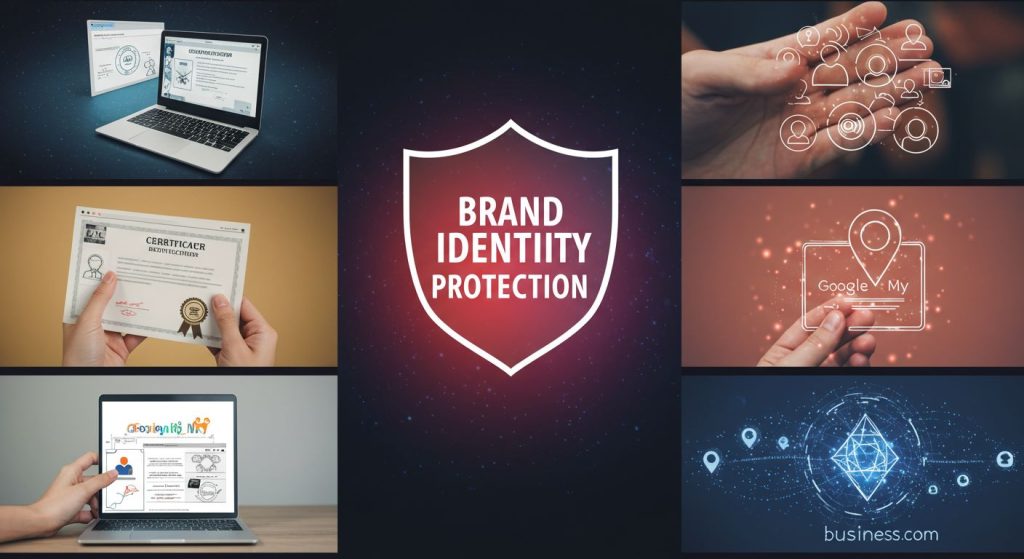Branding is essential to both an individual and a company’s growth. It is the process of creating a strong, positive perception of a company, its products or services in the customer’s mind by combining such elements as logo, design, mission statement, and a consistent theme throughout all marketing communications. It includes the brand tone, voice, colour palette, shape, branding strategy, tagline, fonts, imagery and position.
It is very important to have a good branding outlook. This is an easy identification for you and your clientele and also, it serves as a leverage above others.
Although branding is a key ingredient for you, there are mistakes incurred when trying to carve out your brand. Many often mistake the types of branding that they intend to have for the public eye and this leads to low sales, poor visibility, disjointed colour palette and lack of a brand voice.
Below are the seven types of branding for your business;
- Personal branding.
- Product branding.
- Service branding.
- Retail branding.
- Corporate branding.
- Online branding.
- Offline branding.
- Personal Branding

It may seem absurd for individuals to have a personal brand; like the Nigerian saying goes, “Anyway na way” often plays out hence leaving them without the knowledge of owning a personal brand identity. Truth is, in the 21st century and technological age, personal branding is very important. As a result of our inborn personalities, personal branding requires us to build a public persona that accurately communicates your unique personality.
This form of branding happens on social media and in daily face-to-face communication where human perception can have a massive impact on your professional and social reputation—in a good or disastrous way, that is, the rule of “first impression matters”.
- Product Branding

The human eyes are first consumers to a product before any other part of the body. Most times, we pick the most welcoming product irrespective of its pricing simply because it is more appealing to the eyes. That satisfaction happens with the concept of product branding.
Product branding is the action of branding a specific product to meet your targeted audience. Just like personal branding involves cultivating a public vocabulary and aesthetic for yourself, product branding shapes how the world perceives your product through deliberate aesthetic choices. This includes your logo, colour choice, brand vocabulary, etc.
Product branding is very important as it is a part of the marketing strategy for any company.
- Service Branding

Service branding may sound “weird” but ask yourself this, “would you continue to use a bank if their customer servicing/communication was bad?”, the answer is a bold NO.
Service branding is the detailed arrangement of services offered by businesses to their customers. For instance, a smiling face and the music played at an eatery are examples of service branding.
Although it is more challenging than product branding, service branding tells a better story because one good service can aid your business and accelerate its growth.
- Retail Branding

Retail branding sells a brand without much stress. This involves the aesthetics placed in a building. For instance, stepping into a bridal store, the ambience would reflect on gowns, the colour white and also, flowers around to sell off the place; same is applicable to every business around.
Retail branding is a must-do for any business operating in a physical location. It sells an experiencer to shoppers and also, provides a return for their businesses.
- Corporate Branding

Corporate branding, just the other forms of branding listed, is a series of design choices and actions that communicate key points about a company’s values, mission, pricing, exclusivity and ideal consumer.
It goes beyond website design and ads. It includes how the company conducts themselves socially and professionally, like partnering with specific charities or responding to current events.
Corporate branding also often extends to the company’s recruiting efforts and company culture, which ultimately shapes how the public perceives the brand.
- Online Branding

Online branding, as the name states, is the branding that happens online. Unlike specific types of branding, like personal or product branding, online branding is a broad category that refers to all types of branding that happens on the internet.
Online branding includes how companies position themselves on social media, it’s the kind of online ads a service provider runs, it’s all the design choices that go into email newsletters, landing pages, responsive web design and automatic message replies.
This form of branding compliments the offline branding especially for companies with the brick-and-mortar and digital presence.
- Offline Branding

Offline branding just as its name is, it is the branding that happens offline. This branding encompasses all the aforementioned types of branding.
It is key to note that all types of branding mentioned play varying roles in offline branding. For instance, how people see you is a form of personal branding, merchandise (cups, hoodies, shirts, etc) are product branding, also services rendered at a retail store are a part of offline branding.
Choosing Your Type of Branding
The aforementioned types of branding is very important as they serve as guidelines toward picking a brand more desirable to your business. These types of branding can be personalized, practiced and achieved through critical thinking, research and development of ideas.
Your choice of brand always reflects on your business. It is good to experiment but safer to know what type of branding that works for you.



